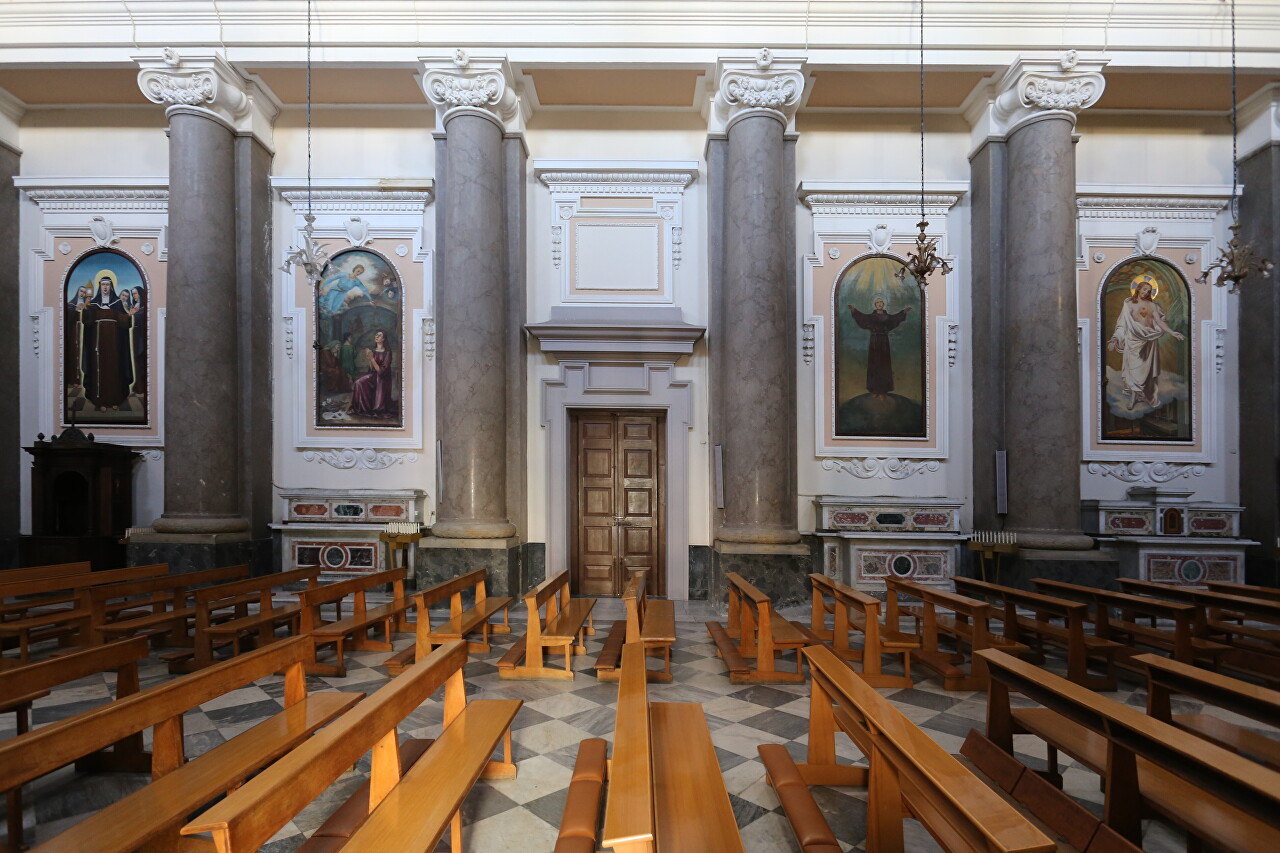Church of Santa Maria di Porto Salvo, Messina
At the intersection of Viale della Libertà and Via Trapani (Trapani tram stop) is a church founded in 1560 by sailors and shipowners and named after their patron saint (Chiesa Santa Maria di Porto Salvo). Almost every port city has a church with this name, although they have different legends about the miraculous rescue of sailors.
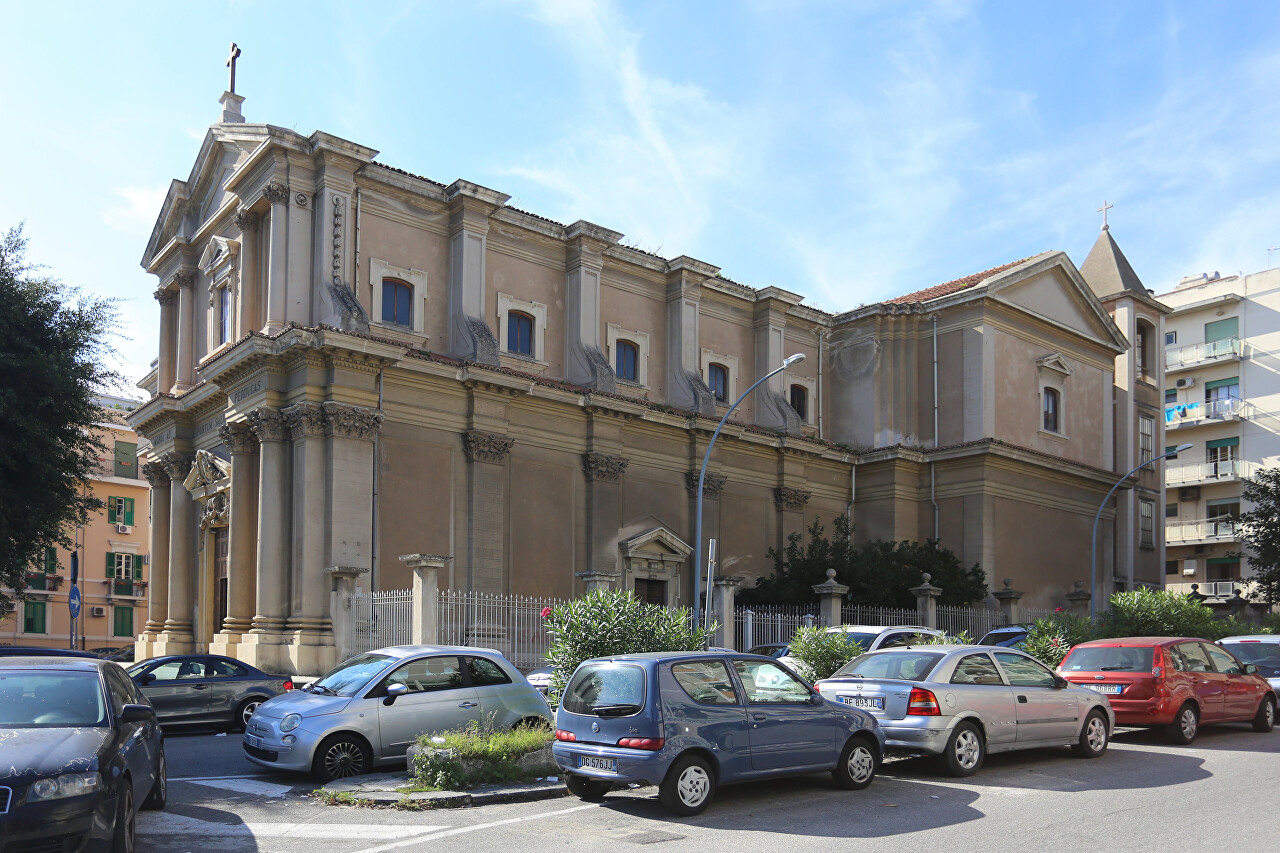
In 1610, a monastery of the Order of St. Francis was built next to the church, and on April 23, 1613, by order of the Viceroy, the church was transferred to the monastery. This caused a strong discontent among the sailors, especially they were outraged by the work of the monks to rebuild the church. The conflict gradually escalated, and to resolve it, in 1622, Viceroy Emanuele Filiberto di Savoja and the Archbishop of Messina made a Solomonic decision: in one night, the church was destroyed.
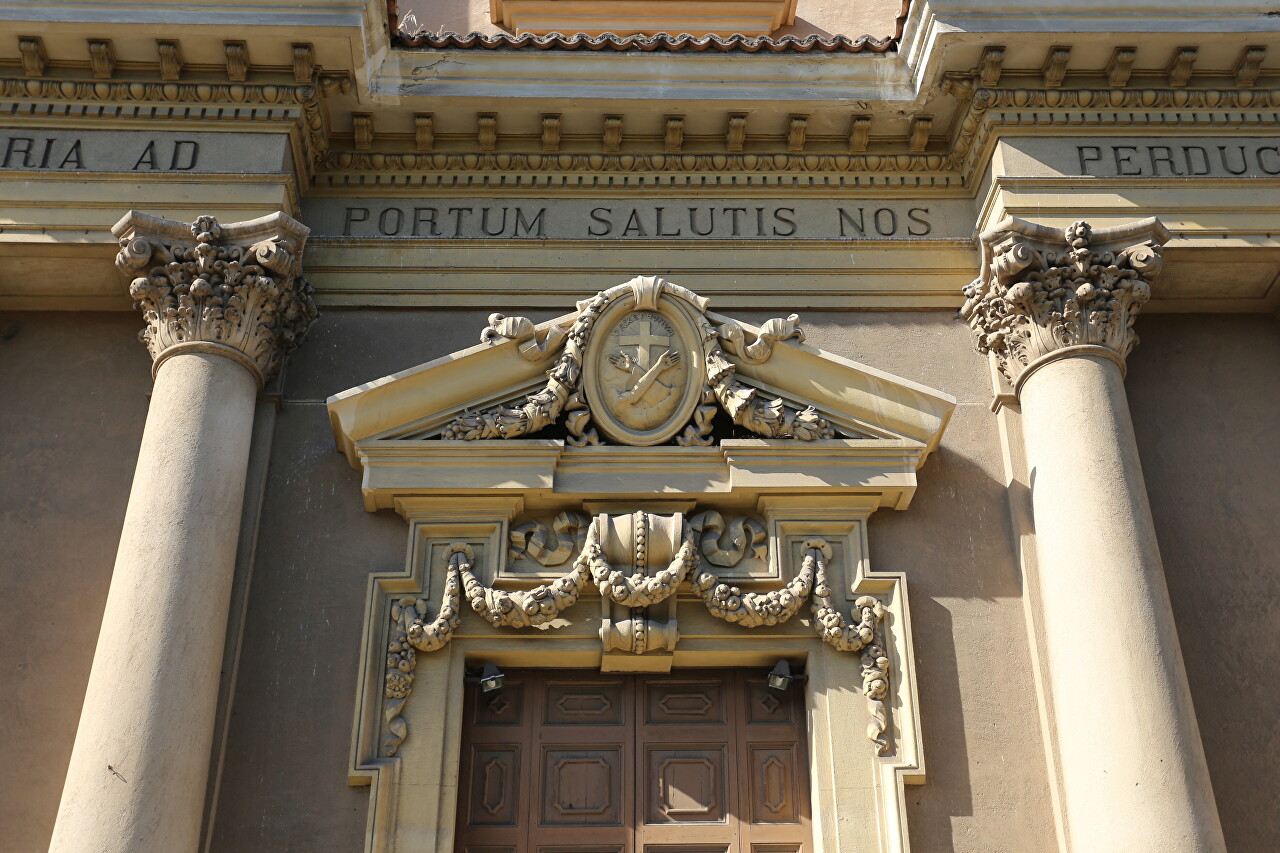
The new church was built after the agreement of the warring parties and meant joint use. Nevertheless, the monks did everything possible to prevent the rites of the maritime community, and after the plague of 1743, the sailors left this church forever. Two blocks to the west (now the intersection of Via Garbaldi and Via Porto Salvo), they built the new church of Santa Maria di Portosalvo dei Marinai (Chiesa di Portosalvo dei Marinai), and the old church was completely taken over by Franciscan monks. In the church was the crypt of Abbot Antonio Maria Hachi (Antonio Maria Jacib 1739-1915), a famous astronomer, mathematician and philosopher. On the Cathedral of Messina, you can see a sundial created by him in 1802.
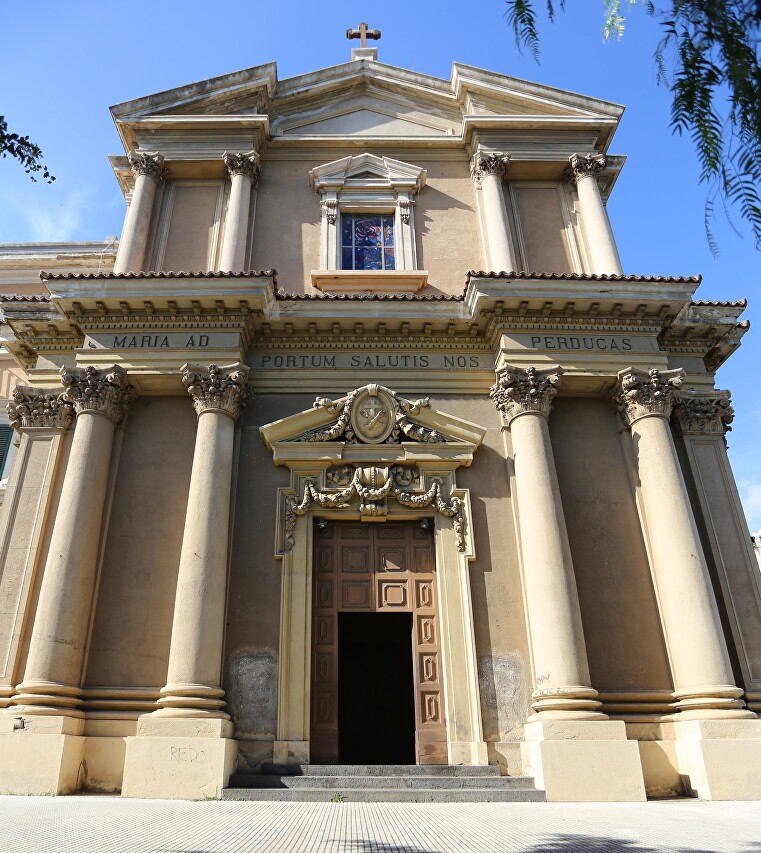
The 1908 earthquake destroyed the monastery and the church. The monastery was not restored, the surviving art treasures were transferred to the Local History Museum. The church was rebuilt in the neoclassical style by engineer Giuseppe Mallandrino and opened in 1932. Inside, you can see several 18th-century marble altars that survived the earthquake in the old church.
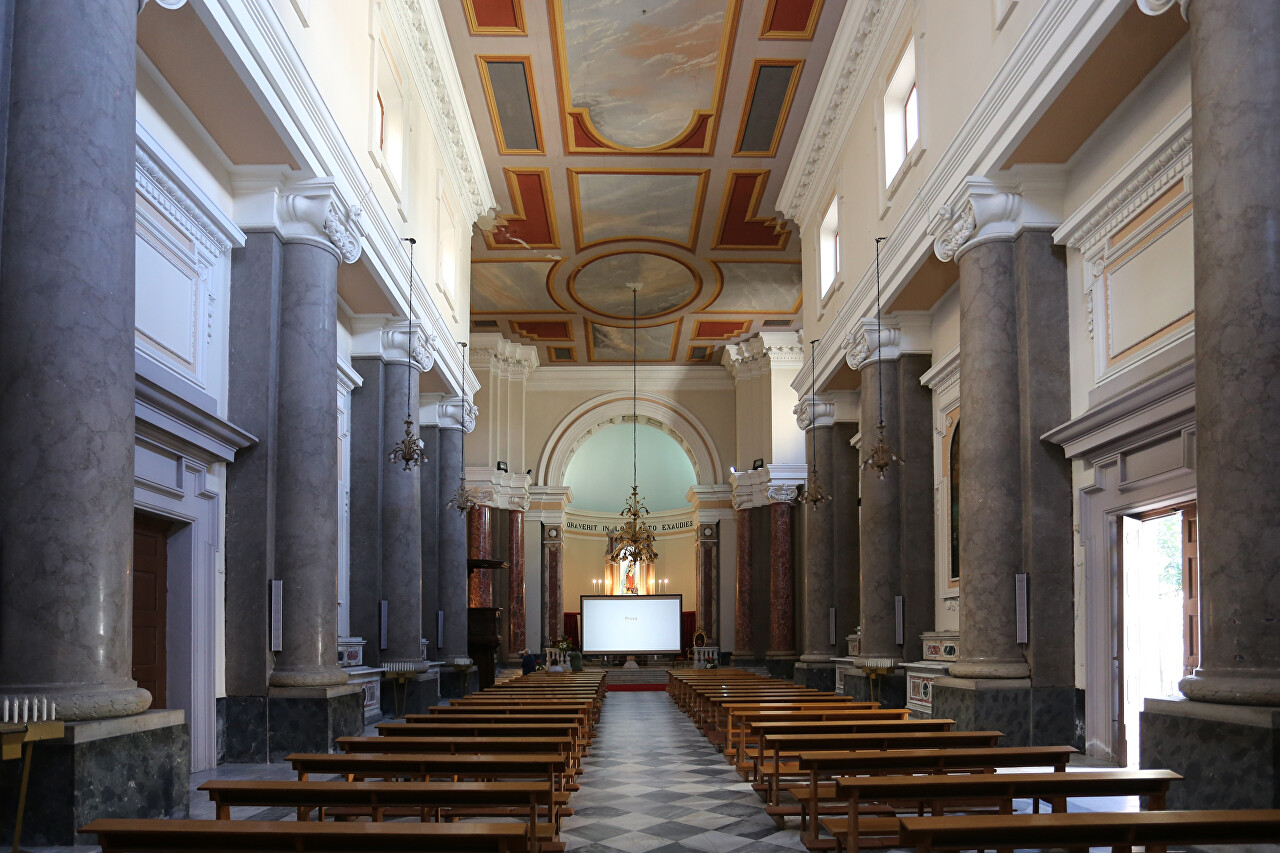
On the left side of the transept is a statue of the Immaculate Virgin with two angels, made in 1669 by the artist from Palermo Vincenzo Scudo.
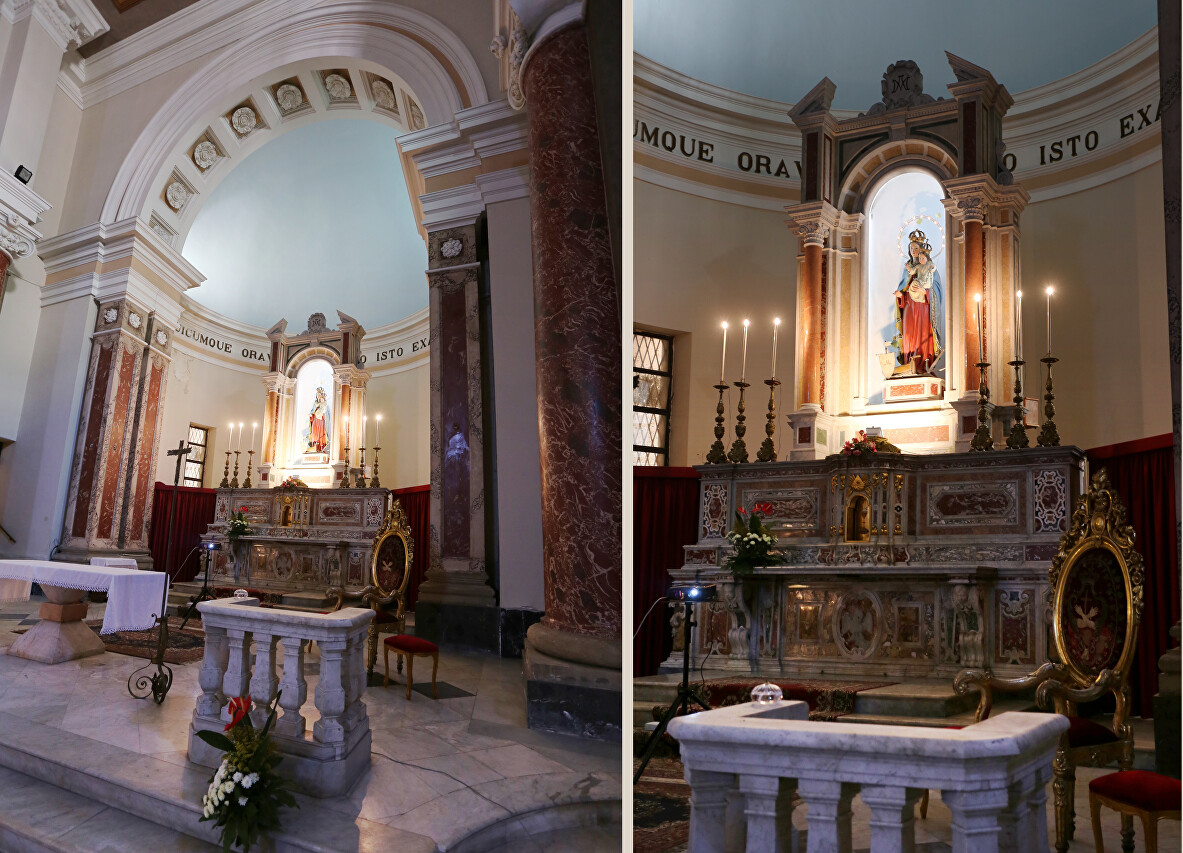
In the third altar on the right side is a wooden Crucifix made by the famous Franciscan carver Giovanni Francesco Pintorino. All the crucifixes he made have one special feature: one of the thorns of the blackthorn pierces the eyelid of Christ's left eye. This is due to the fact that the monk had suppuration on his left eye, from which he eventually died.
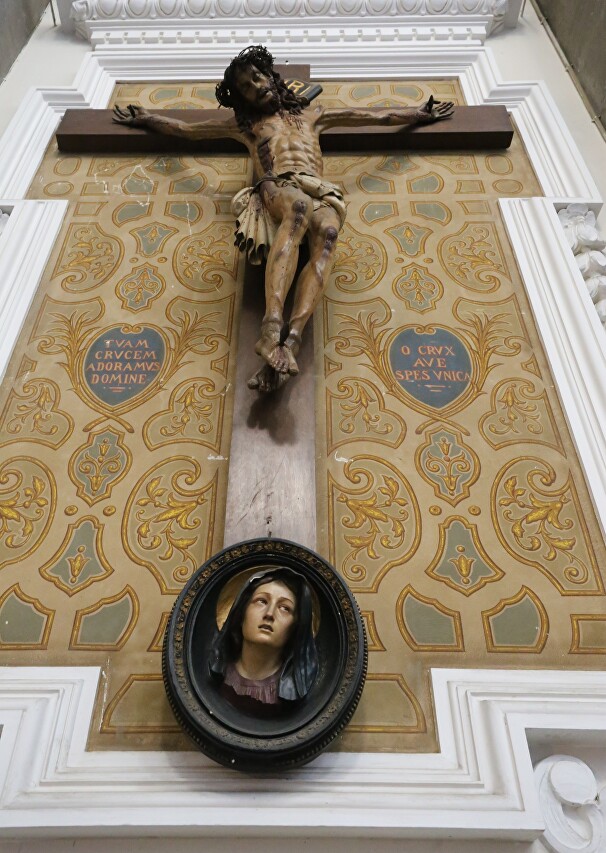
The walls of the church are decorated with paintings painted in the thirties of the last century. The church is open to the public daily from 7:30 (weekends from 9:00) to 19:30.
